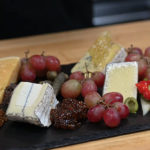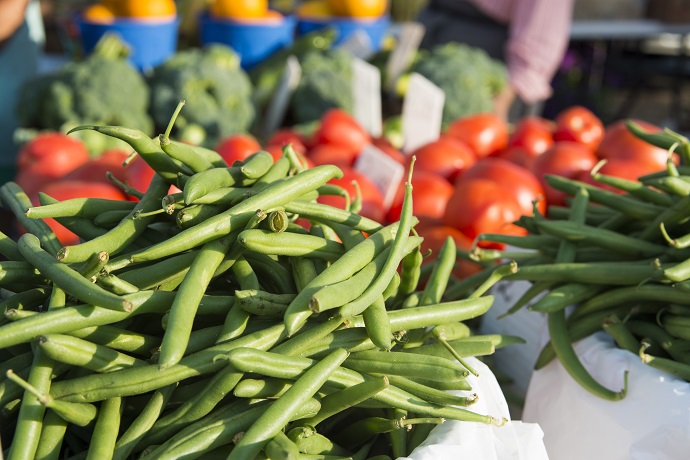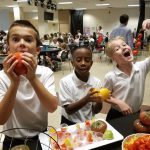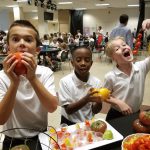The days are getting longer, and that means it’s time to start thinking about spring gardens. More than 200 of the communities we serve have a type of garden — from simple herb boxes to full-fledged farms. And to put it simply, we love it when our communities grow their own. Campus gardens provide endless opportunities for learning, and they have a positive impact on the food and vegetable consumption of the students we serve.
We live in a busy world with lots of food choices. When children connect the dots and understand that the food they see in the grocery store, at the drive-through, or on their lunch plate was grown underground, in a tree, or on a vine, they become more than just consumers. They become aware consumers, and maybe even connoisseurs.
How? Simply by being exposed to gardens: A study on the effects of school garden experiences on middle school-aged students found that gardens may influence their vegetable consumption, including improved recognition of, attitudes toward, preferences for, and willingness to taste vegetables. Gardening was also found to increase the variety of vegetables eaten by very young children. A St. Louis University study found that preschool children who were almost always served homegrown fruits and vegetables were more than twice as likely to eat five servings a day than those who rarely or never ate produce grown at home.
While some of the communities we serve have farms with several crops, all you need to impart a sense of awareness is a simple herb garden. Plant some herbs in a window box, let your child cut them, wash them, and use them as a garnish or a seasoning on a favorite dish. Another simple idea? Grow beans, peas, or cucumbers on a trellis. If these are a success, work up to seed starter pellets or a small garden.
Here are some more ideas to help make your kids more food-source aware:
- Visit a local farm for harvest festivals or to go fruit picking.
- Try composting. Explain how the organic material is recycled back into nutrient-dense soil.
- Ask them about what they ate for lunch and where they think it came from. Encourage them to read the Meet the Farmer, From Here. From Near., and Organics signs in the dining hall.
Stay tuned for upcoming “From Our Gardens” blogs—we can’t wait to feature some of the amazing gardens and harvests in the communities we serve!








